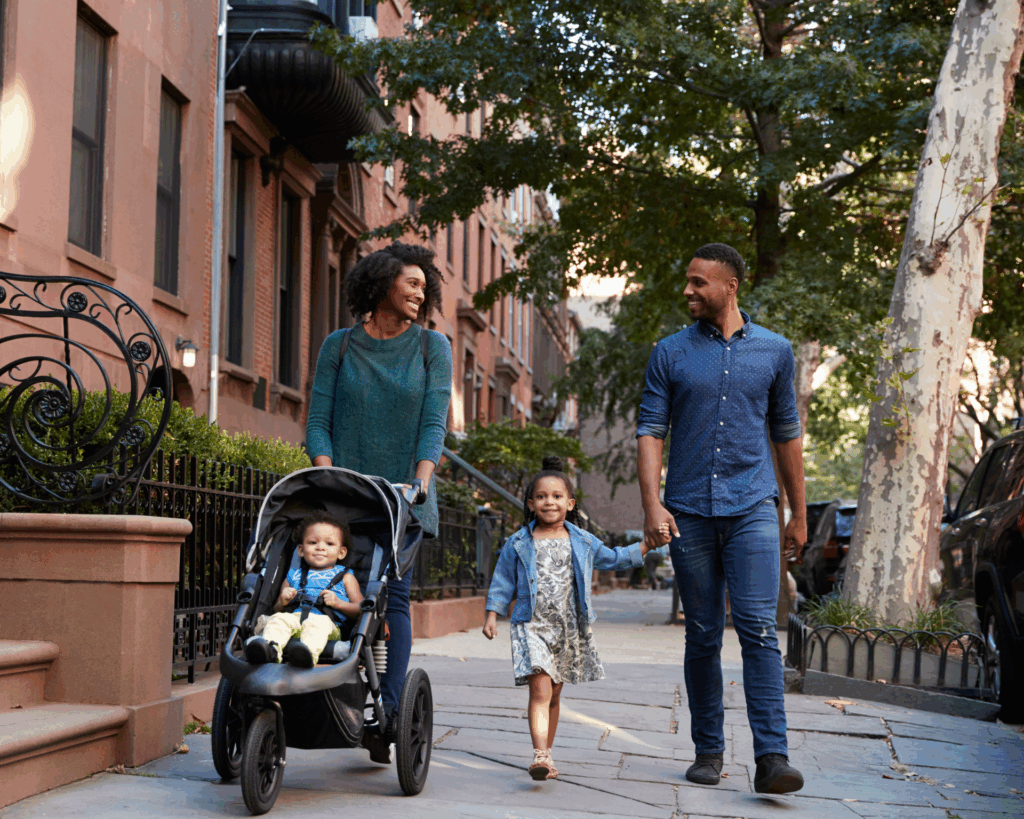Nature's Prescription: How Green Spaces Can Improve Health
Exposure to nature not only aids in stress management and inflammation reduction, but also creates opportunities for connection and community.

Read Time: 3 minutes
Published:
In today’s fast-paced, digital age, Americans are increasingly disconnected from the natural world. The average person now spends 93% of their life indoors. As rates of chronic disease continue to climb, particularly in low-income urban areas, a growing body of research points to a promising remedy: nature.
Two recent studies shed light on how exposure to green spaces can reduce inflammation and improve chronic disease outcomes, particularly in disadvantaged populations. Inflammation, when persistent, is thought to worsen a range of conditions from heart disease to diabetes.
Anthony Ong and his team examined the relationship between nature experiences and inflammation levels. They surveyed over 1,200 American adults about their time spent in nature, defining it broadly to include a variety of outdoor experiences. This ranged from walks in urban neighborhoods with street trees to time spent in parks, gardens, or natural areas. Even short periods outdoors, like sitting in a small playground, were counted.
The researchers also took blood samples to measure substances that indicate inflammation in the body. These substances, including C-reactive protein and interleukin-6, are like warning signals that the body’s defense system is on high alert.
Individuals who reported more frequent and enjoyable nature experiences showed significantly lower levels of these inflammatory substances in their blood. For example, those who spent at least 120 minutes per week in nature had 20% lower levels of C-reactive protein compared to those who rarely ventured outdoors.
By making green spaces accessible to all, we might just find that the remedy for some of our most pressing health challenges is right outside our door.
Ong’s findings suggest that regular nature exposure could be a powerful tool for slowing or preventing chronic disease. They recommend simple activities like daily walks in a local park or gardening as accessible ways to harness these benefits.
The study proposes several ways nature might reduce inflammation. Natural environments may promote relaxation, activating the body’s “rest and digest” system and lowering stress-related inflammation. In addition, plants release compounds called phytoncides, which, when inhaled, may have anti-inflammatory effects. Exposure to diverse microorganisms in nature could also help balance the immune system, potentially preventing chronic inflammation.
However, not everyone has equal access to green spaces. For millions of Americans in urban areas, enjoying nature is often a challenge. Viniece Jennings and colleagues investigated how urban green spaces can promote health equity – in other words, how opportunities to be out in nature can help level the playing field for health outcomes across different communities.
Their research found that initiatives to increase and improve green spaces, like community gardens and park renovations, offer more than just places for exercise and socializing. These projects can address deeper issues in underserved areas. Community gardens can improve food security by providing fresh produce, while park maintenance programs can create local job opportunities.
Jennings and her team stress the need for city planners and policymakers to ensure all neighborhoods have access to high-quality green spaces. They suggest strategies like converting vacant lots into pocket parks, implementing green corridors along urban streets, and involving local communities in the design and maintenance of these spaces.
As we continue to grapple with rising rates of chronic disease and health disparities, these studies emphasize the potential of nature as a public health tool. By making green spaces accessible to all, we might just find that the remedy for some of our most pressing health challenges is right outside our door.



